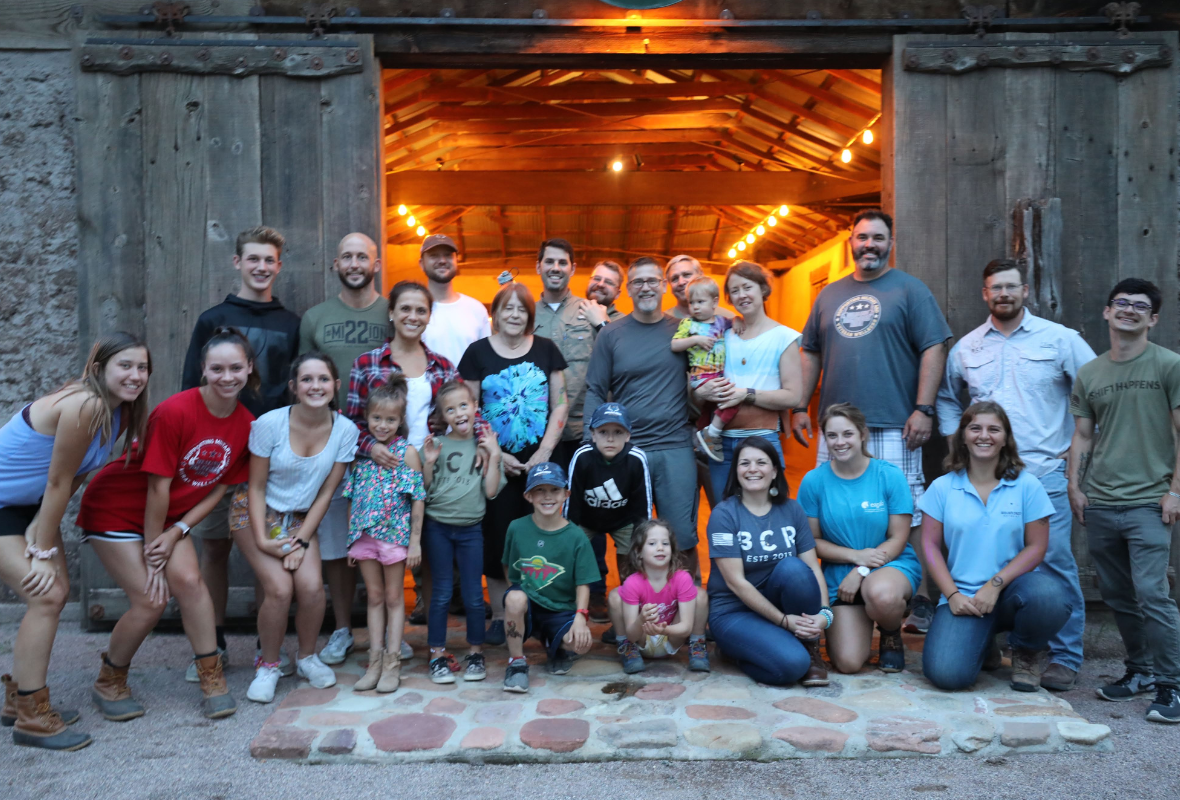(PTG) scales were first developed in Western, English-speaking countries, but now their translations and the investigation of PTG using them are found in many countries around the world.
The term posttraumatic growth (PTG) first appeared in print in 1995 (Tedeschi & Calhoun, 1995) and it has been defined as the experience of positive change resulting from the struggle with major life crises (Calhoun & Tedeschi, 1999). Although PTG, and related terms such as stress-related growth (Park, Cohen, & Murch, 1996), adversarial growth (Linley & Joseph, 2004), construed or perceived benefits (McMillen, Zuravin, & Rideout, 1995; Tennen, Affleck, Urrows, Higgins, & Mendola, 1992), and thriving (O’Leary & Ickovics, 1995), are relative newcomers, the idea of growth as a potential consequence of grappling with trauma is ancient (Tedeschi & Calhoun, 1995). The assumption that facing and struggling with major difficulties in life can lead to positive changes, sometimes radical transformations, is part of ancient myth, literature, and religion. Influential clinicians and scholars of the twentieth century also suggested this idea (Caplan, 1964; Frankl, 1963; Yalom 1980). This assumption, then, is not something that was recently discovered. However, the systematic quantitative investigation of PTG is recent, made possible by the development of scales specifically designed to measure growth (Joseph, Williams, & Yule, 1993; McMillen & Fisher, 1998; Park et al., 1996; Tedeschi & Calhoun, 1996). These scales were first developed in Western, English-speaking countries, but now their translations and the investigation of PTG using them are found in many countries around the world; this very book provides a strong indication of how much work has now been done. Subsequent chapters examine PTG in a variety of different geographic and cultural contexts, and in this chapter our focus is somewhat theoretical and specific to the model of PTG that we have been developing over the years (Calhoun & Tedeschi, 1998, 2004, 2006; Tedeschi & Calhoun, 1995, 2004) and that we build upon in this chapter. We begin by briefly examining the concept and meaning of the word culture and we then suggest some elements of culture that may be particularly useful for looking at PTG in cultural contexts. We also provide a very brief look at our model of PTG, and then, using key components of our model, we offer some suggestions about how cultural factors may affect the possibility of PTG.
Read the Chapter “The Posttraumatic Growth Model: Sociocultural Considerations” https://doi.org/10.1002/9781118270028.ch1
Give strength & hope to those who serve
Your support powers life-changing programs offered at no charge to veterans, military, first responders, and their families. With your help, our Warriors won't just survive — they'll thrive.

